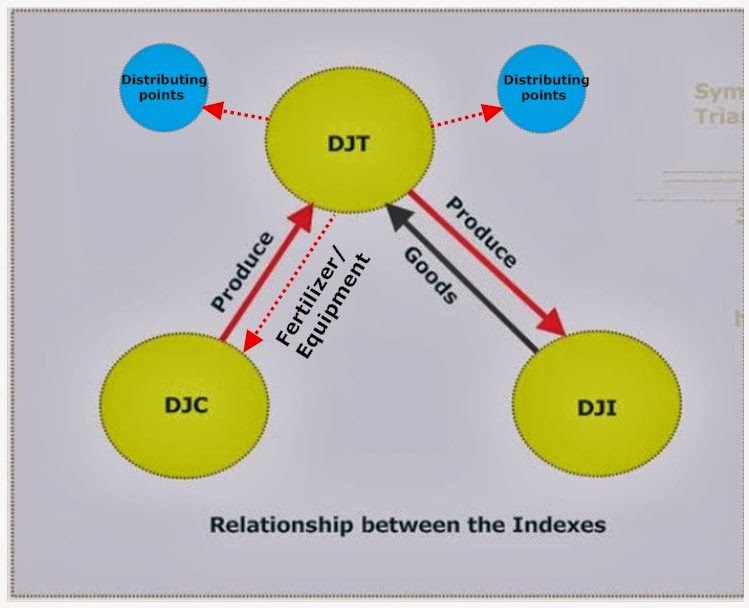Introduction
VIX is a volatility index that tracks the trends of the US US US
Original form
When VIX is shown in its original daily form, it simply shows the inversion between indexes between say SPX and VIX. Nothing in the chart can show how one can use VIX to predict the direction of SPX.
Transformed
If one were to transform VIX by showing only the 20-day, 50-day and 200-day simple averages, one can use it immediately to show whether it is strong buy or strong sell or just simple buy and sell.
Why?
When VIX is shown in its original form, the noises of daily movement prevented the trends from revealing. The average function smoothen out the noises. One can also use many other similar smoothening technique or technical analysis tools to chart VIX’s direction and predict where the US
The Significances
- The reversal of VIX’s 20-day will indicate the reversal of SPX. It will also indicate if it is buy or a sell;
- The 200-day will chart the general direction of the SPX. SPX will trend up when the 200-day trends down. When the 200-day going flat or trending the other direction; be ready to press buttons;
- When 20-day or 50-day rebounds from the 200-day, it could be time for a strong buy or sell;
- If there is a cross between 20-day, 50-day and 200-day, it has some special meanings. When the 20-day or 50-day fluctuates around 200-day, it does indicate some weakness to come in the main indexes.
Where the US Markets are Heading?
The US markets should register a strong buy as it rebounded recently from the 200-day; however, the 200-day has been going flat with signs of going up; therefore, it should limit the further rise of SPX; also, the VIX’s daily closing price is running very close to the red 2-year trendline with no sign of trending down.
With the 20 and 50-day now turning up, the SPX will be ready to trend down. When the 20-day crosses the 200-day and subsequently corrects and rebounds from the 200-day, be ready for a plunge.
Disclaimer: Please note that this article concludes its finding from analysing the charts. As the market sentiments will change and so will be the trading pattern, it is therefore advisable for traders to consult to seek further technical assistance if they should use these findings.






